10 Best Korean BBQ Items + 5 You Should Skip!
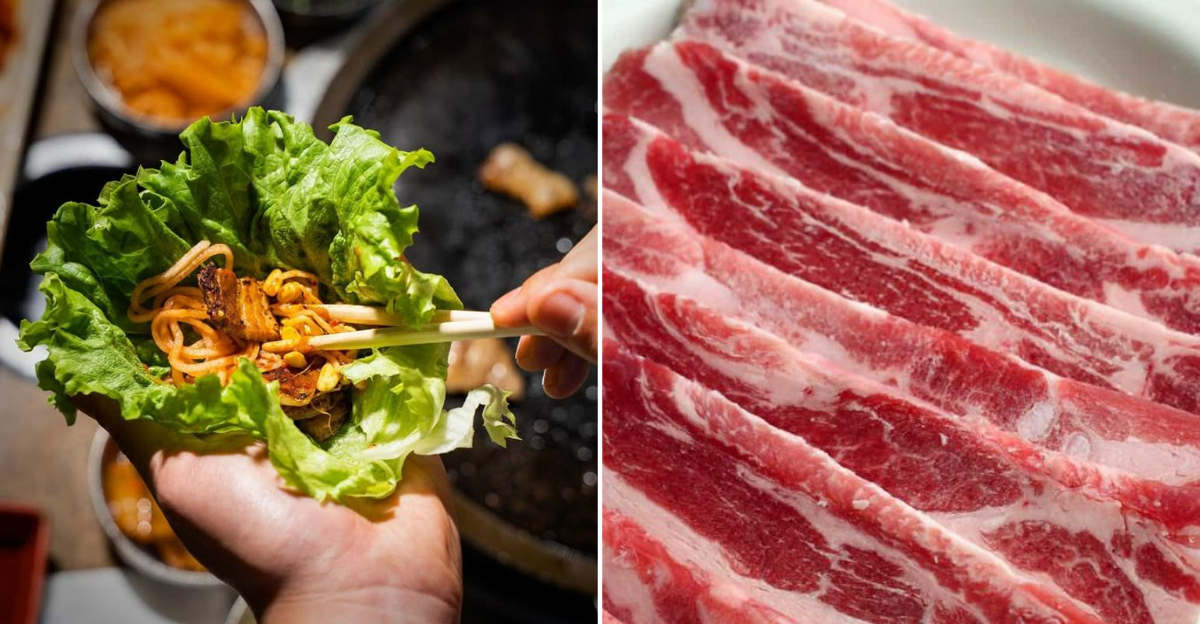
Not sure where to begin when faced with a sizzling Korean BBQ grill? A trusted Korean chef once walked me through the essentials, sharing which cuts and sides I should never pass up—and which items I could skip to save room for the best bites.
That conversation changed the way I approach this communal feast, and now I’m sharing that insider wisdom with you. Grilling in Korea isn’t merely about charring meat. It’s a cultural tapestry of flavors, textures, and traditions that’s all about balance and savoring the moment.
Here are 10 must-haves that deserve space on your grill, plus 5 skip-worthy picks that might crowd out something far more rewarding.
1. Samgyeopsal (Pork Belly)
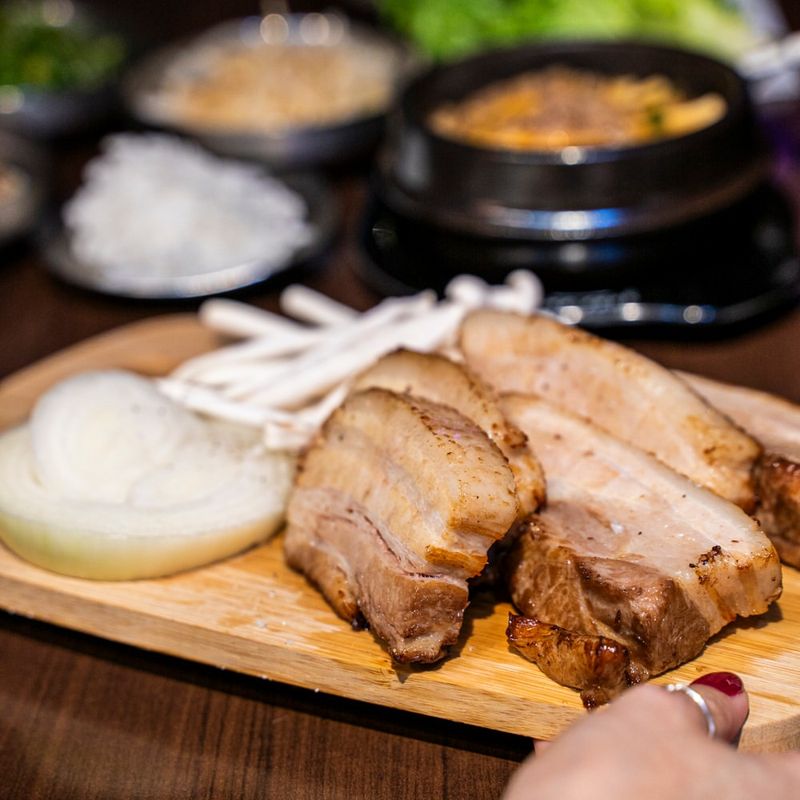
Thick-cut slices of pork belly crackle on the grill until the edges turn golden and crisp. The succulent layers of fat and lean meat create an irresistible contrast with every bite.
This dish is considered a staple in Korean BBQ culture, often wrapped in lettuce with a smear of ssamjang. Something magical happens when the fresh crunch of vegetables meets the buttery pork belly, reminding you why it’s a crowd favorite.
2. Galbi (Marinated Short Ribs)
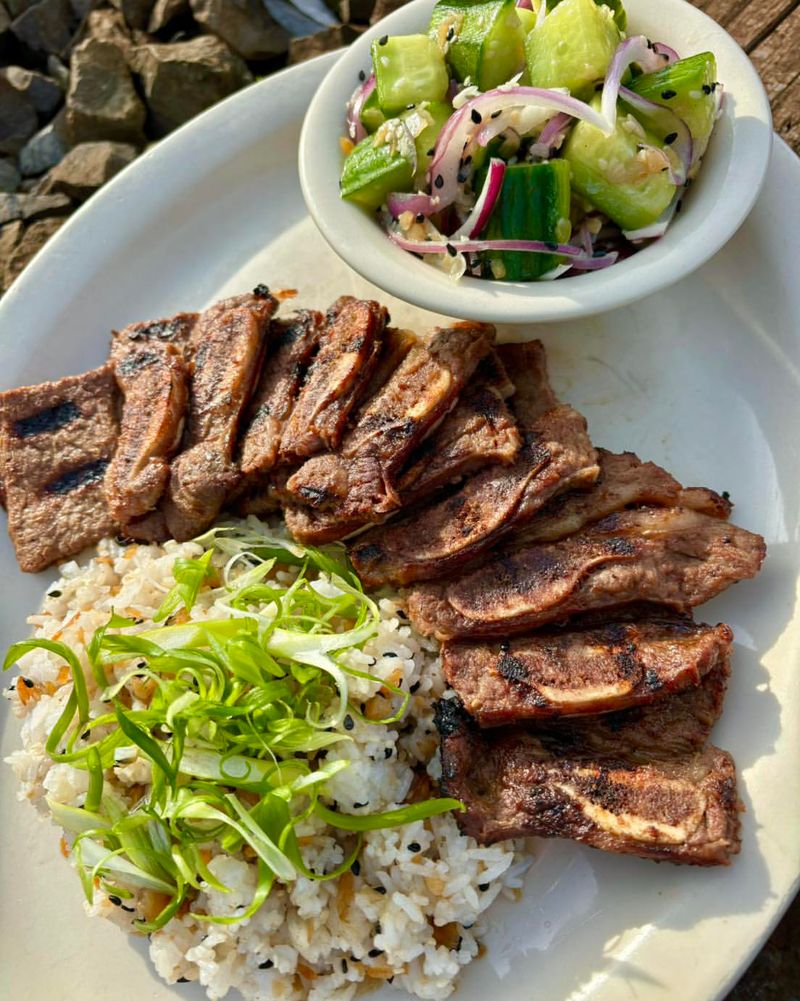
Sweet, savory soy-based marinade seeps into the marbled short ribs, imparting a depth of flavor that has earned galbi a devoted following. Koreans often associate these ribs with celebrations and special gatherings.
Each piece offers a glorious dance of smoky char and tender interior. Pairing galbi with spicy kimchi or crisp greens elevates the feast, showcasing how marinade, grill, and accompaniments can unite so harmoniously.
3. Chadolbaegi (Beef Brisket)
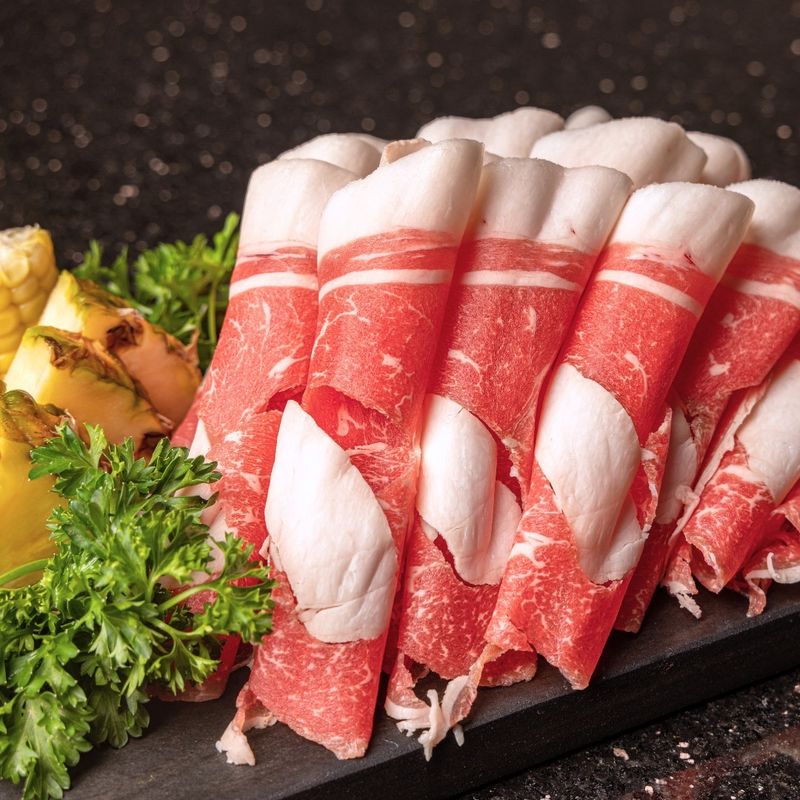
Paper-thin brisket sizzles fast on the grill, cooking in mere seconds. Dunk it into ssamjang or sesame oil with salt, then nestle into a lettuce wrap for a mouthwatering mini-taco of sorts.
The key to its charm lies in the textural contrast—delicate strips of beef that remain moist despite such a quick cook. It’s a perfect option for those who love lighter cuts but still crave big, beefy flavor.
4. Ssam (Lettuce Wraps)

Crisp, vibrant lettuce leaves serve as tiny edible plates, primed to wrap around sizzling meat. They’re essential for offsetting the richness of grilled pork or beef, allowing you to indulge without feeling weighed down.
Korean tradition elevates these leafy greens to a new dimension, often teamed with perilla leaves or raw garlic slivers. One crunchy, savory bite, and you’ll appreciate how fresh vegetables can strike the perfect balance in a meat-centric meal.
5. Ssamjang (Fermented Soybean & Chili Paste)
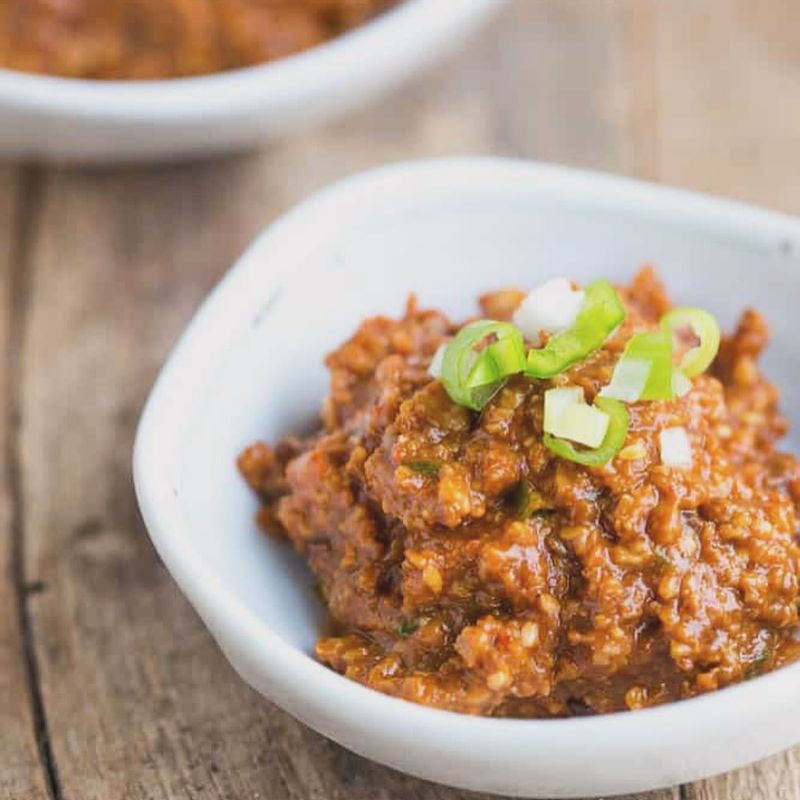
This zesty, umami-rich blend of doenjang (fermented soybean paste) and gochujang (chili paste) delivers an addictive punch. A spoonful of ssamjang can ignite a seemingly simple bite of protein or lettuce.
Each swirl of fermented flavor reveals layers of salt, spice, and earthy undertones. The thick paste clings to meat and vegetables, pulling every component together for that signature Korean BBQ taste.
6. Mok Sal (Pork Collar/Neck)
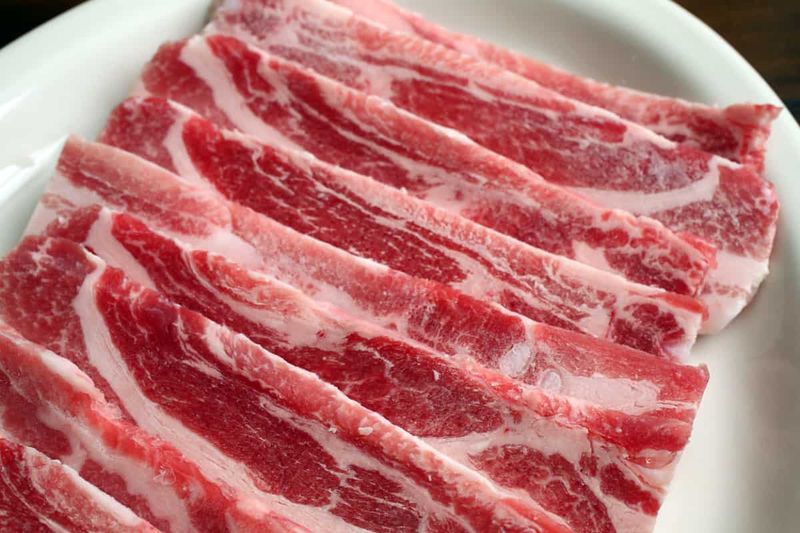
This lesser-known cut is a chef’s secret, boasting tenderness and balanced fat content. Mok sal slices cook quickly, delivering a juicy bite that’s less fatty than samgyeopsal but equally indulgent.
Sizzling it to a light crisp ensures a pleasing texture without over-greasiness. The subtle, natural pork flavor is enhanced by a sprinkle of salt or a dab of ssamjang—no heavy marination required.
7. Haemul-pajeon (Seafood & Scallion Pancake)
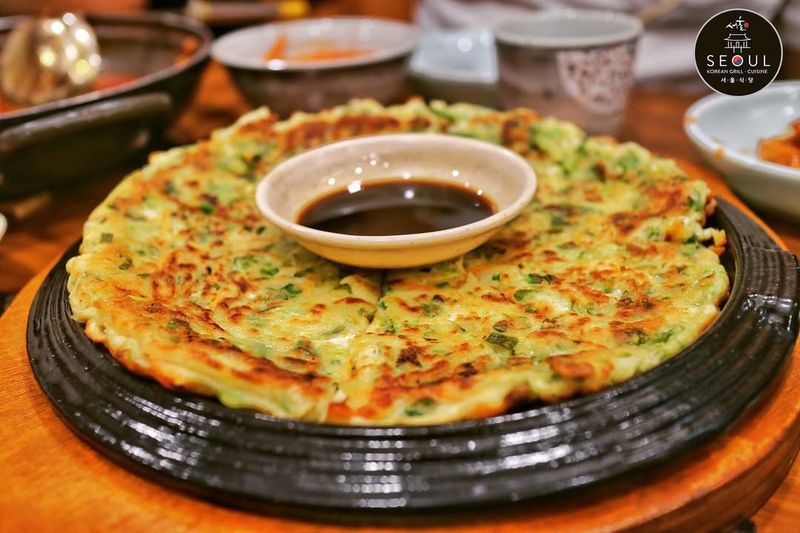
Crispy edges and soft centers define this savory pancake loaded with shrimp, squid, or clams. It’s often sliced into wedges, perfect for sharing alongside meaty bites.
The salty seafood mingles with sweet scallions in a light batter, creating a wonderful flavor break from grilled meats. Dipping each piece into soy-vinegar sauce offers a tangy lift that refreshes your palate for more BBQ.
8. Kimchi (Fermented Cabbage)
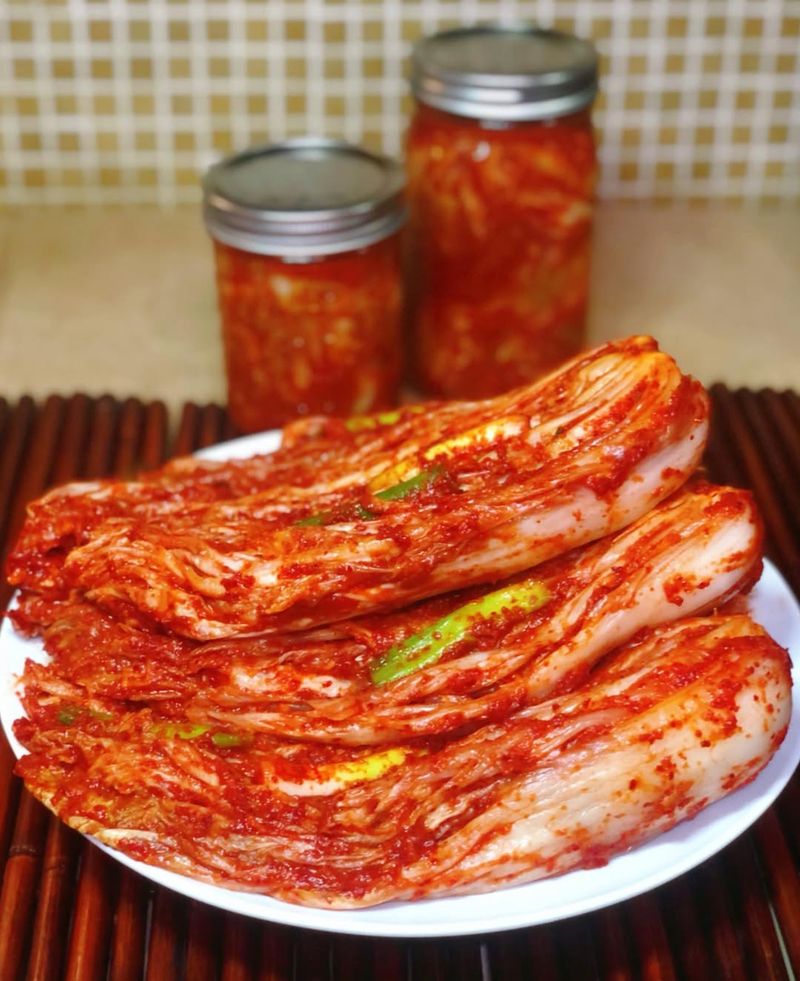
Generations of history are packed into kimchi’s spicy, tangy crunch. It’s an iconic side in Korean cuisine, sometimes thrown on the grill to enhance its sweetness and char.
Savored raw, it cleanses the palate between heavier bites. Slightly caramelized from the heat, it morphs into a sweet-yet-piquant treat that pairs startlingly well with smoky barbecue flavors.
9. Japchae (Glass Noodles with Veggies)
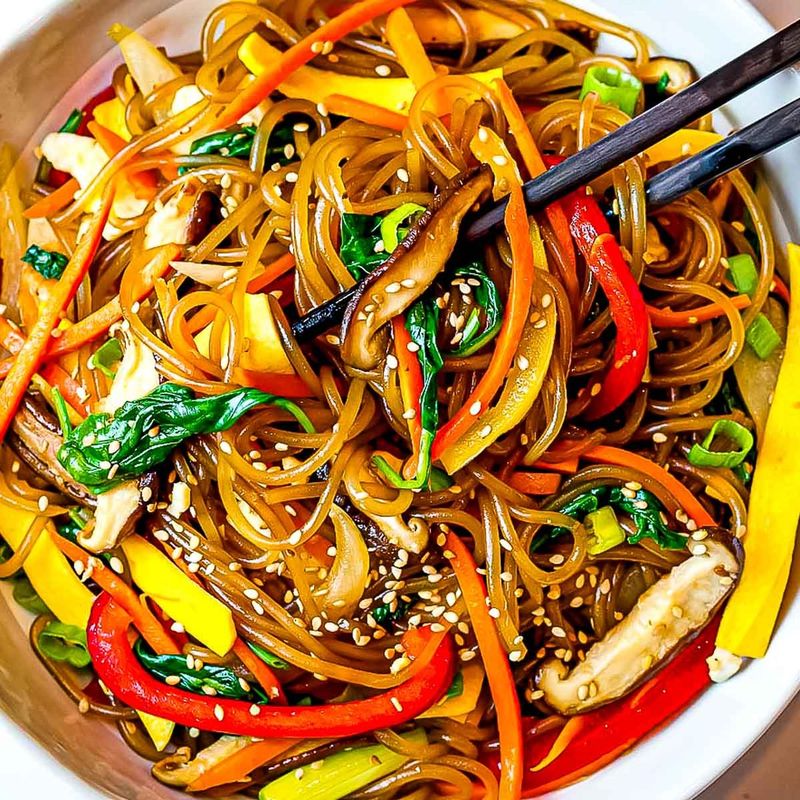
Slightly sweet and chewy glass noodles, often tossed with spinach, mushrooms, onions, and a sesame oil dressing. Koreans have cherished japchae for special occasions, embracing its bright color and addictive texture.
Alongside meat-heavy menus, these glossy strands bring a light, harmonious counterpoint. One forkful of noodles—rich with sesame aroma—smoothly complements any grilled protein.
10. Doenjang Jjigae (Fermented Soybean Stew)
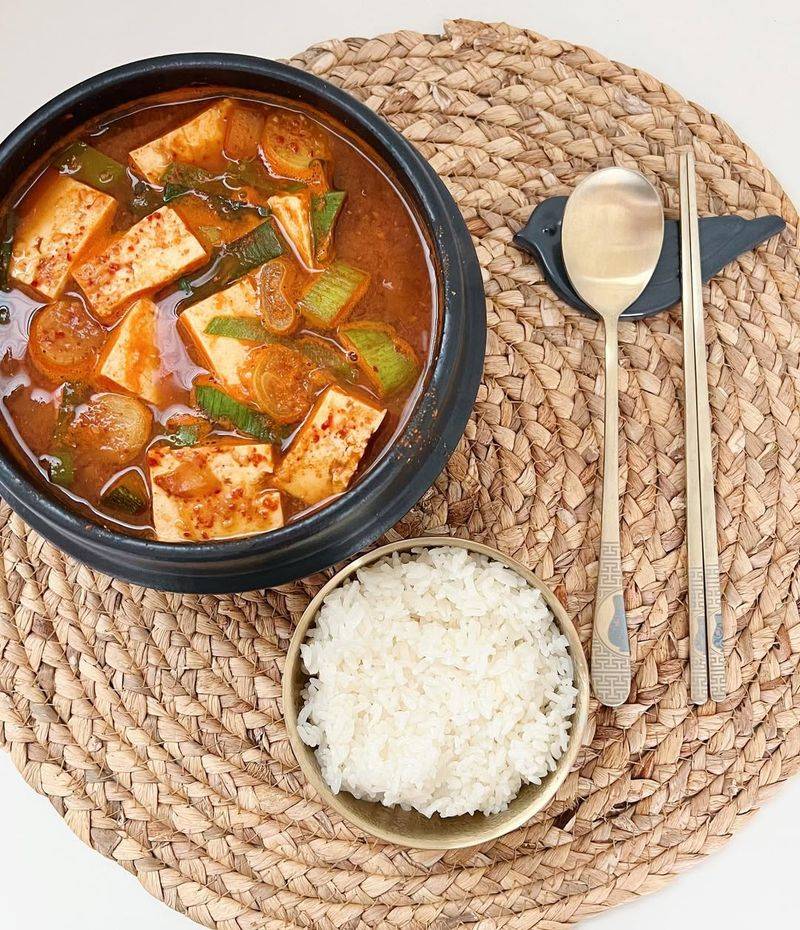
A bubbling, savory stew that many diners overlook in favor of flashier grill items. This earthy soup, with tofu and vegetables, grounds the meal in comforting warmth.
The deep flavor of fermented soybean paste soaks into each ingredient, delivering an almost rustic, homemade vibe. Sipping the hot broth between bites of meat and banchan is the secret to enjoying Korean BBQ like a true local.
11. Pre-marinated Chicken
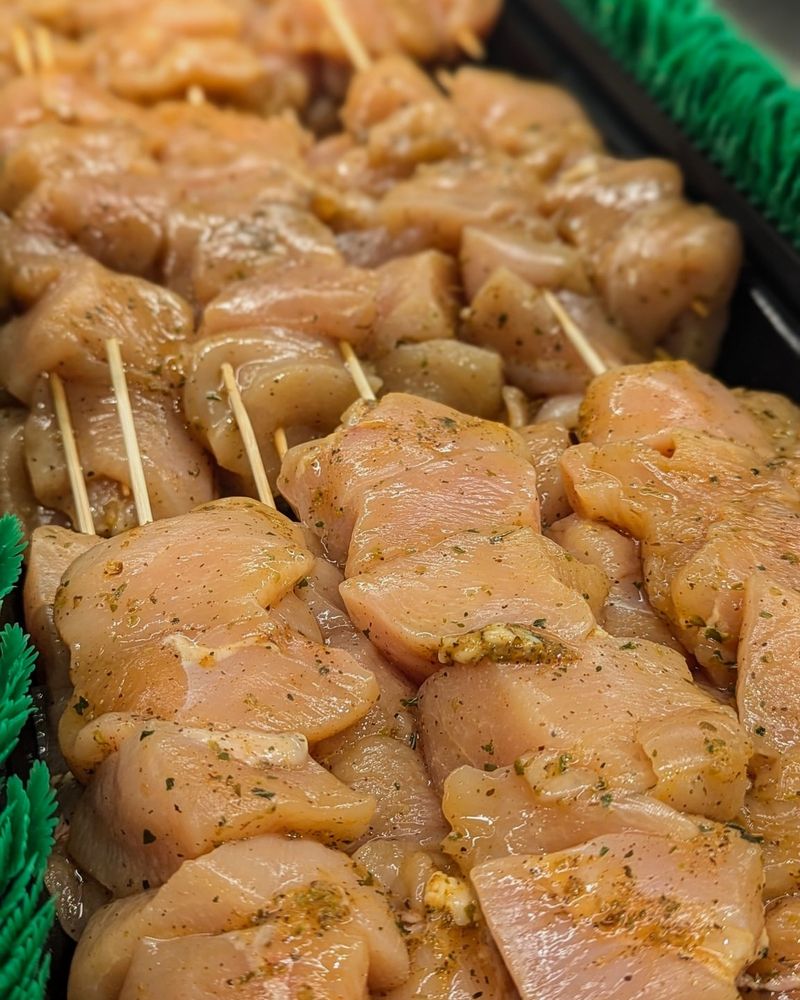
Though poultry is common, pre-marinated chicken can easily burn on the high-heat grill. The sweet marinade often turns bitter when charred, and the flavors don’t develop as richly as beef or pork.
Opting for plain chicken thighs or breast and dipping them in sauces at the table yields better control. This approach ensures a juicier bite and highlights the tangy condiments without the risk of incinerated sugar.
12. Fried Rice Too Early
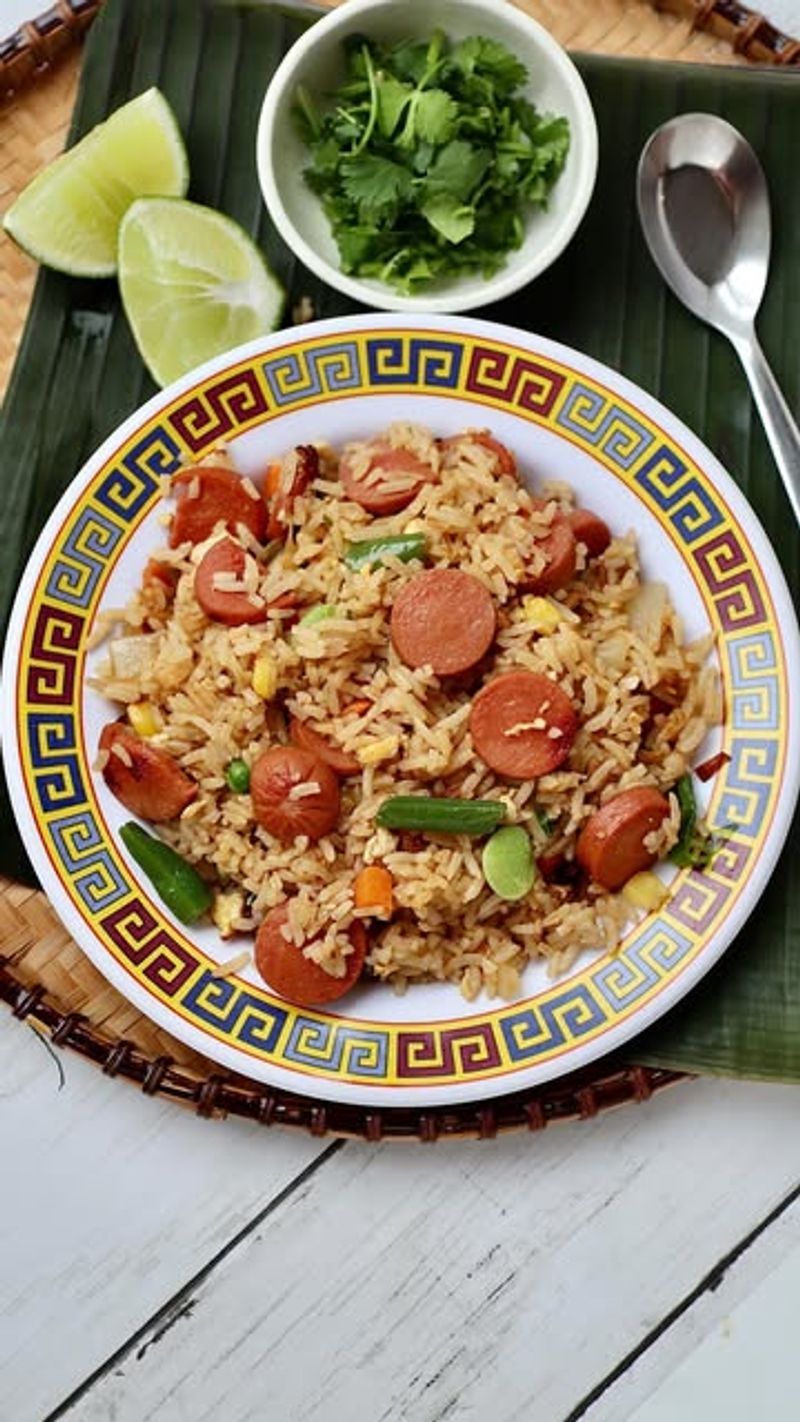
Many diners crave a carb fix early, but ordering fried rice mid-meal can sideline your appetite. It’s delicious, yet it fills you up fast, crowding out prime real estate in your stomach for the grilling main event.
Save it for the tail end of the feast if you truly need that rice-based finale. The smoky scraps of meat and grilled kimchi folded in at the end deliver a delightful finishing note.
13. Western-Style Dipping Sauces
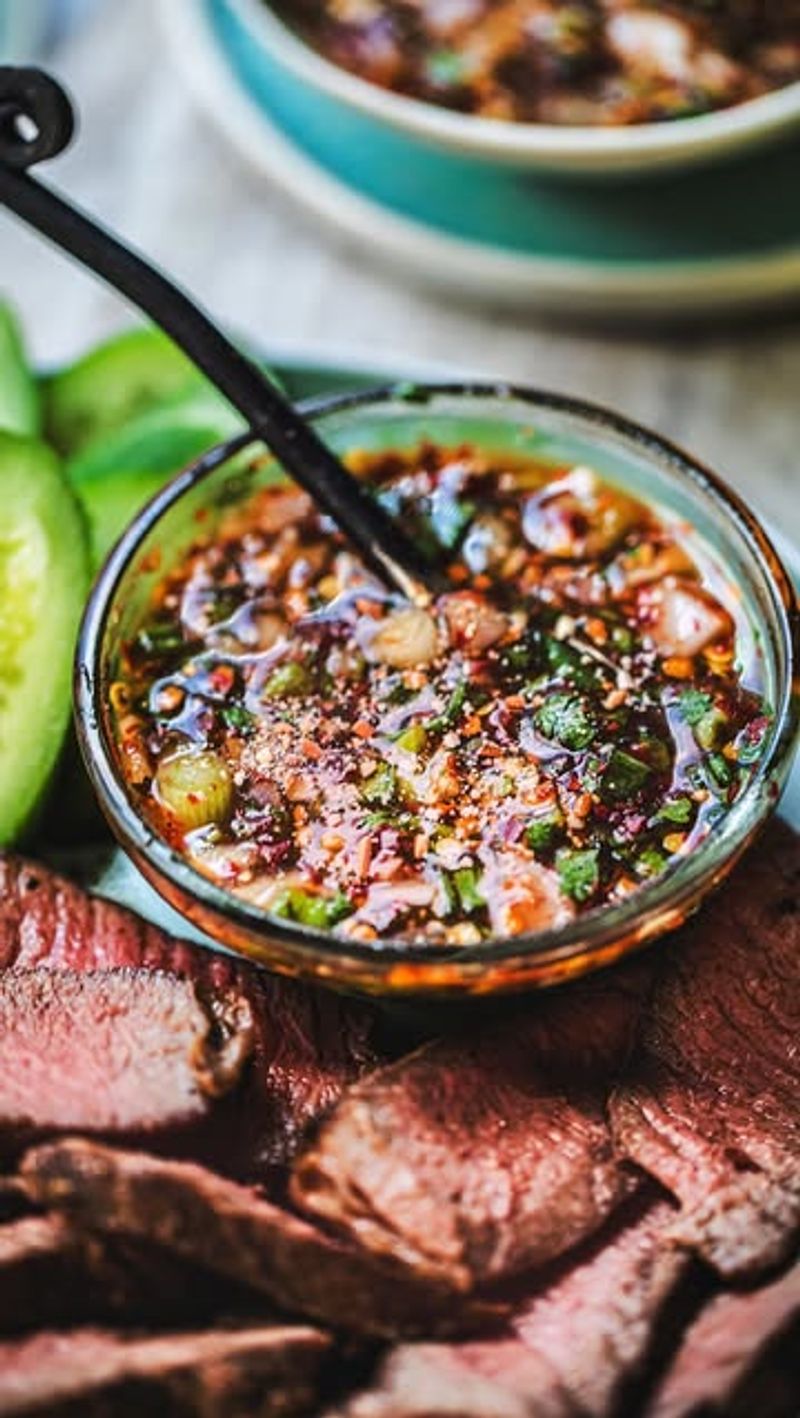
Ranch or mayo-based sauces might complement fries or chicken tenders, but they clash with Korean BBQ’s nuanced flavors. The tangy, fermented elements and chili heat typically call for simpler, more traditional condiments.
A quick drizzle of sesame oil or dab of ssamjang keeps authenticity alive. Introducing heavy Western sauces can overwhelm the palate and mask the quality of the grilled cuts.
14. Imitation Crab or Processed Meats
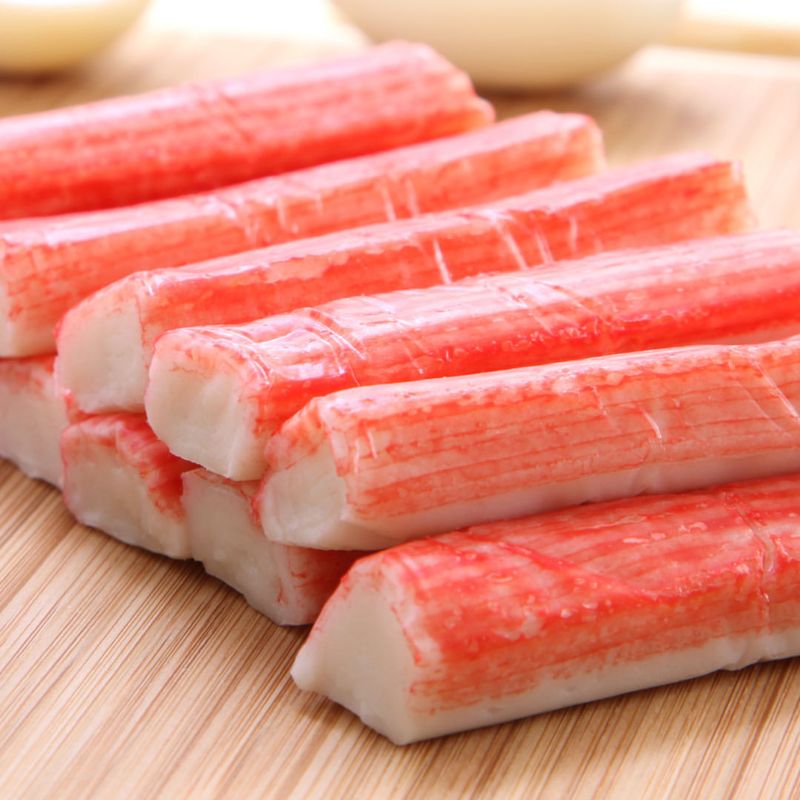
Some restaurants offer these as filler items that extend the menu. While convenient, they don’t highlight the freshness or heritage that real Korean BBQ aims to celebrate.
Better to invest in high-quality cuts or house-made specialties that enhance the entire meal. True appreciation comes from tasting authentic flavors rather than processed stand-ins.
15. Dessert Right Away

Korean BBQ tends to be a slow, layered journey. Jumping to sweet treats mid-feast disrupts the evolving experience of smoky, savory bites.
Save the sweets for a proper finale. That ensures you relish each stage of the meal without interrupting the pleasure of well-charred meats and vibrant banchan.
